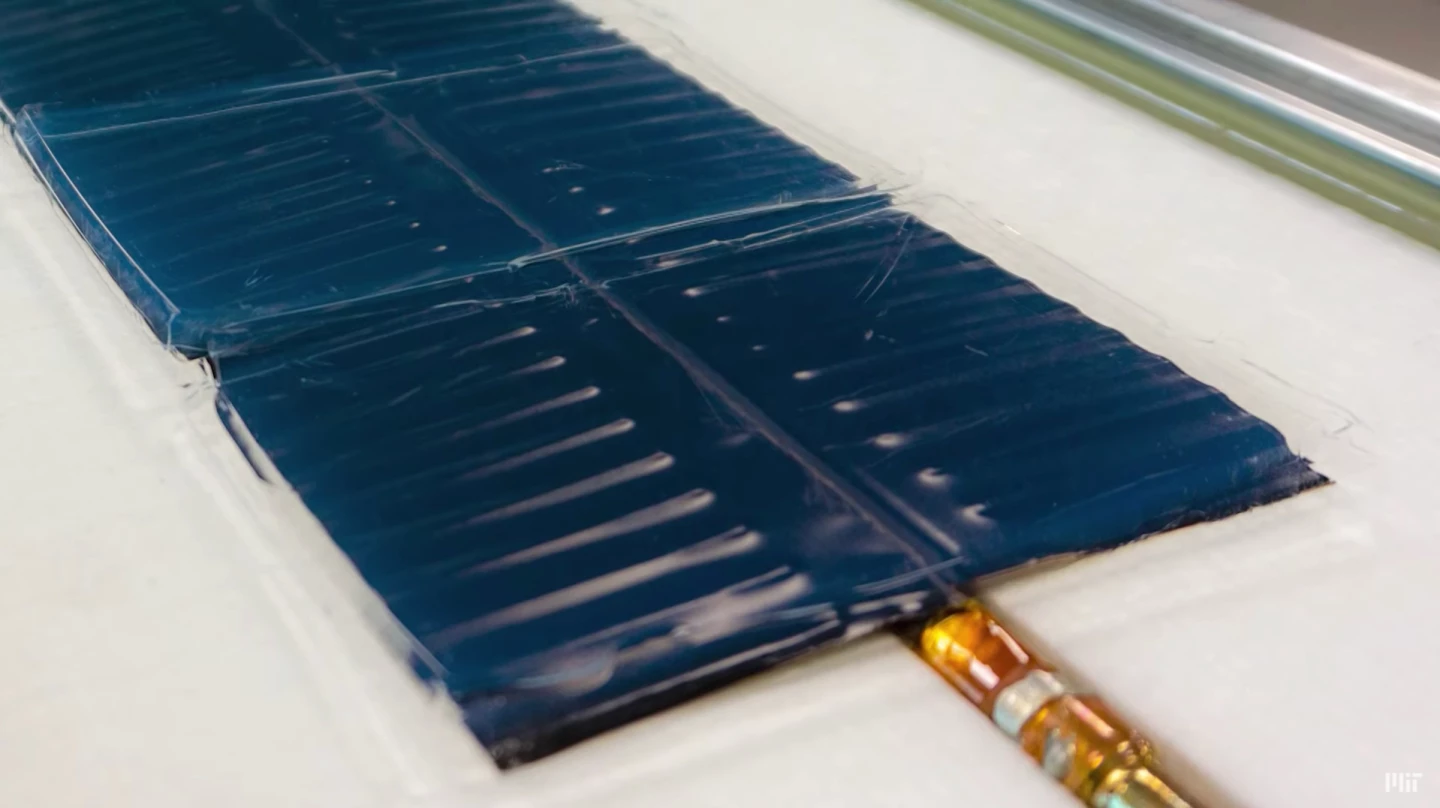While autoclaves are considered essential for sterilizing medical equipment in First World health care facilities, they're often not available in developing nations where access to electricity is limited. A new solar-powered autoclave may be the answer to that problem.
Autoclaves work by subjecting items to pressurized steam for at least 30 minutes, killing bacteria in the process. That steam comes from water that is heated either electrically or by burning fuel … fuel that may likewise be scarce in impoverished regions.
That's where the solar-powered autoclave comes in. Designed via a partnership between MIT and the India Institute of technology, it incorporates a tank that releases water (via gravity) into a set of pipes. Those pipes are bonded to the underside of a copper plate, that has a heat-absorbing black coating on its upper surface.
That surface is also covered by a transparent silica-based aerogel, which allows sunlight to pass through – thus heating the plate – while simultaneously blocking heat from escaping from the plate. Additionally, polished aluminum mirrors on either side of the plate help concentrate the sunlight onto it.
The plate gets very hot as a result, causing the liquid water in the pipes to turn to steam. That steam rises to the top of the apparatus, where it squeezes through another pipe and into the actual autoclave itself.

A small-scale version of the device was tested in Mumbai, and worked well – even under cloudy skies. Based on its performance, it was determined that a solar collector measuring about 2 square meters (21.5 sq ft) would suffice to power a compact autoclave such as those used in doctors' offices.
The aerogel is currently rather expensive to manufacture, but it is hoped that once a more economical production method is developed, the entire device would cost no more than about US$160 to build. Additionally, with the exception of the aerogel, most of the materials would likely already be available to users, so they could construct the system themselves.
A paper on the research was recently published in the journal Joule.
The prototype solar-powered autoclave can be seen in use, in the following video.
Source: MIT





